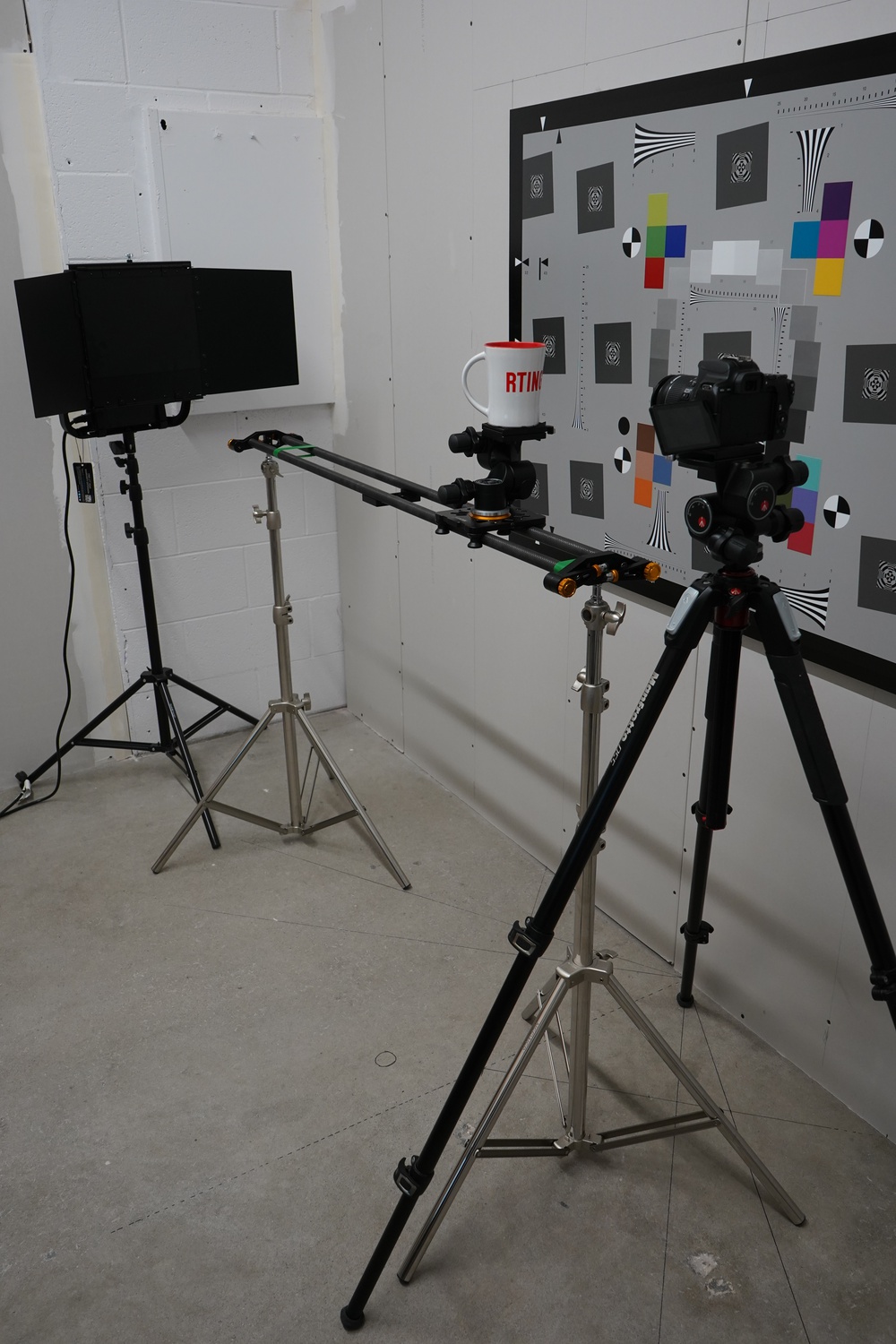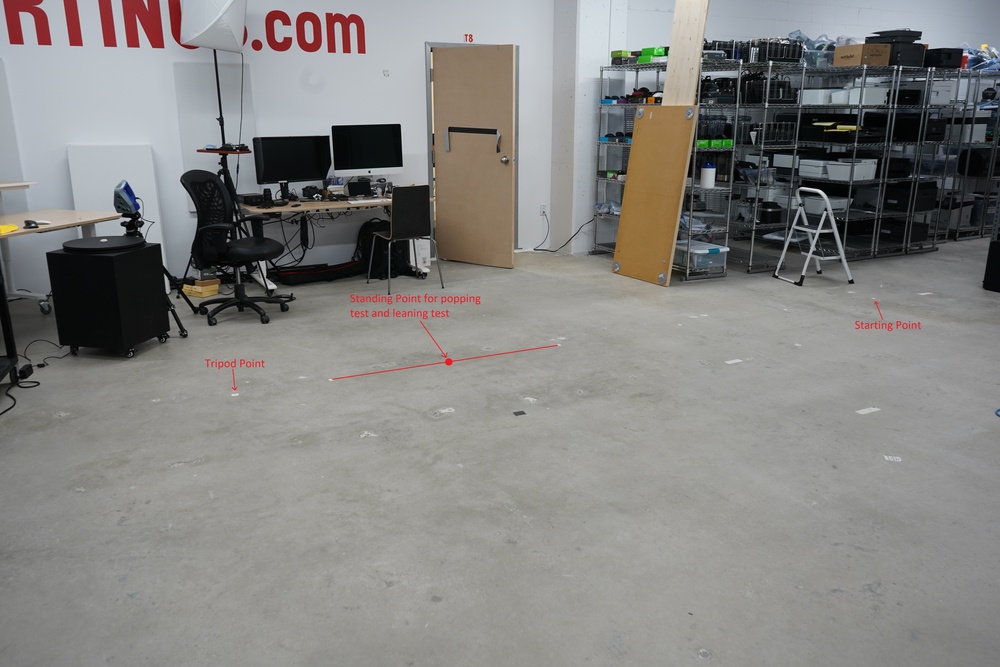- Table of Contents
- Intro
- When It Matters
- Our Tests
- How To Get The Best Results
- Conclusion
- Comments
- 75.0% Perfect Focus Hit Rate
- 25.0% Usable Focus Hit Rate
At its most basic, an autofocus system is designed to ensure that the subject of your photo is sharp and not blurry by predicting what you're trying to focus on. It's a feature that most cameras are equipped with, apart from some purpose-built cameras like the GoPro HERO8. Autofocus systems vary from camera to camera, and some are better suited for different kinds of uses, but at their core, they all work with the same principle: sensors inside the camera measure how far away a subject is from the camera, then adjust the lens' focusing ring to take a clear image.
Test results
When It Matters
If you're looking to quickly capture a clear image without manually adjusting focus, which can be a necessity when taking pictures of a moving object, an effective, reliable system is crucial. An improperly focused image is almost impossible to fix in the editing stage, so if you're looking to take better pictures more consistently, it's important to understand the uses and limitations of your camera's autofocus system.
While most cameras currently on the market have some form of autofocus feature, their design can vary drastically from camera to camera. There are essentially two types of autofocus systems: phase and contrast detection. In the former, which is what DSLR cameras use when looking through the viewfinder, a small part of the light entering the camera lens bypasses the main focusing mirror and is bounced off of a secondary mirror. It is then divided and directed toward multiple sensors in the camera, each of which constitutes a single focus point. These divided portions of light each create their own distinct images, which the camera then compares. It then adjusts the lens' focusing ring until all these distinct images look identical. Once that occurs, the image is considered 'in focus'.
Contrast detection systems work differently. This design works by having the camera constantly monitor the degree of contrast in an image, as peak contrast levels result in a clear distinction between different objects in your photo that equates to a sharper image. Since this system doesn't use individual sensors, cameras using this technology can have an extremely high number of focus points without the associated hardware, resulting in a smaller physical package. This gives you a greater degree of freedom in changing what is rendered sharply in your image without forcing you to move to recompose your shot or maintain focus on a subject as they move across the frame. However, this system can be slower than phase detection since the system is constantly comparing focus distances to determine peak contrast, though this difference in speed may only be noticeable on older systems. Mirrorless cameras tend to use a combination of both systems, which is referred to as hybrid autofocus. These systems use phase detection using information acquired directly from their sensor to quickly acquire an approximate focus point and then use the more sensitive but slower contrast detection system to bring the image into sharper focus.
Our Tests
Our tests are used to measure both an autofocus system's given features as well as a rough approximation of its overall performance. It's worth noting that autofocus performance can vary drastically depending on a multitude of factors. Lighting conditions can have a big impact on overall performance since most autofocus systems rely on having enough light to determine what is and what isn't in focus.
Your choice of lens plays a large part as well. Its maximum aperture influences how much light enters the camera, which governs autofocus behavior. While a wider aperture lets in more light, it also creates a shallower depth of field, increasing the chances of an image being out of focus. Conversely, using a narrow maximum aperture lets in less light, which could negatively impact overall performance but also results in a deeper depth of field, reducing the chances of an image being out of focus. The type of focusing motor the lens uses is also important, as some operate significantly faster and more smoothly than others.
Face Tracking Success Rate
The face tracking success rate test monitors the ratio of clear to blurry photos while using the camera to take photos of a moving subject that's approaching the camera head-on. The camera is positioned on a tripod with the screen at eye level to perform this test. The autofocus system is set to AF-C (continuous autofocus) mode. Photos are taken while the camera is in full manual mode, with a shutter speed of 1/100s to reduce the chances of blurry images being caused by motion blur. Focal length and aperture can vary depending on sensor size, with full-frame cameras using respective values of 50mm and F5.0 and APS-C cameras being set to 33-34mm and F3.5. This difference is meant to compensate for the fact that smaller camera sensors generate a deeper field of view when using the same aperture and focal length. Camera ISO can vary depending on lighting conditions but doesn't exceed ISO 800 to ISO 1200 to make analyzing the image afterward easier.
To test performance, one tester approaches the tripod-mounted camera at a steady pace while the other stands behind it and takes pictures of the approaching subject. The camera is set to a medium-speed continuous shooting mode of around 7 fps, and face and eye-tracking are enabled. This process is repeated six times to create a sufficient sample size for a representative average result during analysis.
The images are analyzed to determine whether or not essential components of the image are sharp or blurry by using the Focus Mask tool in RawTherapee and the testers' subjective opinion, as the Focus Mask tool doesn't always accurately gauge what is and what isn't in focus. The score is tallied as follows. One point is given if the tester determines the subject's face to be clearly in focus. If the face is blurred, no points are given. Half a point is given if the tester isn't sure whether the face is blurred or sharp.
Object Tracking Success Rate
The object tracking success rate test monitors the ratio of clear to blurry photos while using the camera to take photos of an object that's approaching the camera head-on on a predetermined path. The autofocus system is in AF-C (continuous autofocus) mode, the picture format is set to 3:2, and JPEG quality is set to 'Fine Quality'. Photos are taken while the camera is in full manual mode, with a shutter speed of 1/100s. Focal length and aperture can vary depending on sensor size, with full-frame cameras using respective values of 50mm and F5.0 and APS-C cameras being set to 33-34mm and F3.5. This difference is meant to compensate for the fact that smaller camera sensors generate a deeper field of view when using the same aperture and focal length, allowing us to provide a reasonably accurate comparison between cameras with different sensor sizes.
To test performance, a coffee mug is placed on a sliding rack at the minimum distance to which the camera can focus on it. The mug is pulled gradually backward while the camera captures images in its continuous shooting mode of around 7 fps. This sequence is repeated three times to create a sufficient sample size for a representative average result during analysis. The images are analyzed to determine whether or not essential components of the image are sharp or blurry by using the Focus Mask tool in RawTherapee and the testers' subjective opinion, as the Focus Mask tool doesn't always accurately gauge what is and what isn't in focus. The score is tallied as follows. One point is given if the tester determines the logo on the coffee mug is clearly in focus. If the logo is blurred, no points are given. Half a point is given if the tester isn't sure whether the logo is blurred or sharp.
As stated previously, the results of this test don't depend solely on the equipment you're using but also on a myriad of environmental factors that can't always be accounted for, even in a relatively controlled testing environment.
How To Get The Best Results
As mentioned previously, the type of autofocus system your camera uses isn't the only governing factor in overall performance. Lighting conditions and the type of lens you're using are also very important. If you're looking to get the best out of your camera's autofocus system, it's best to be in a well-lit environment and use a fairly modern lens that's in good working order.
Conclusion
While a camera's autofocus system won't help you take better pictures, it will increase your likelihood of capturing a clear image in difficult shooting conditions, especially if your subject is moving.

